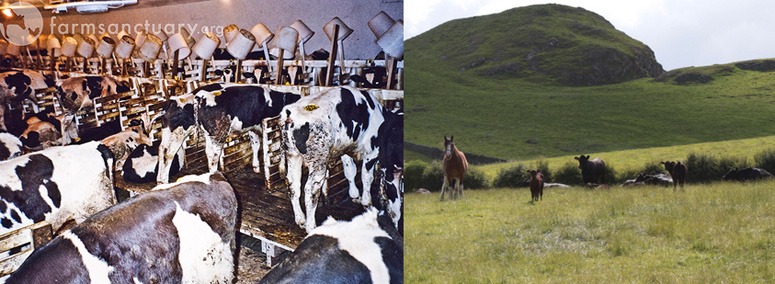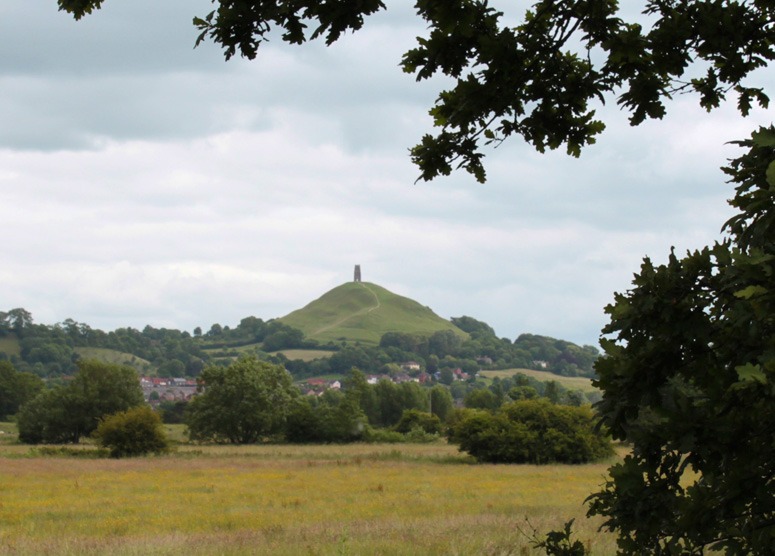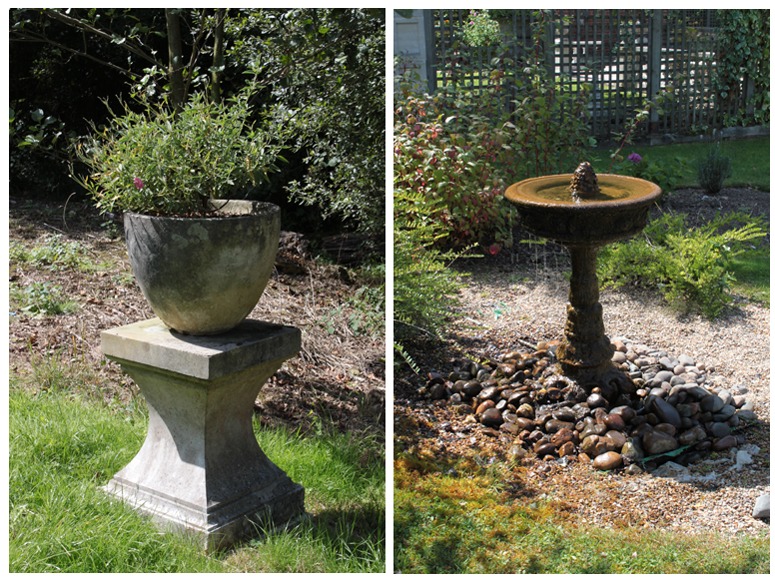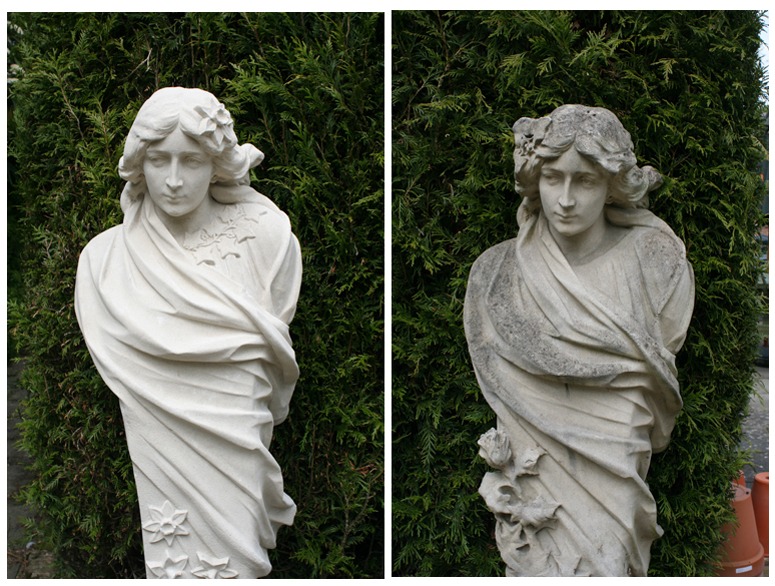As a solo artist Robbie Williams has “sold more albums in the UK than any other British solo artist in history and has won more BRIT Awards than any other artist to date”. But I don’t think much of his taste in gardens or architecture. Compton Bassett once belonged to Lord Norman Foster of Thames Bank and was re-worked by the architect Michael Phillips, who specializes in chic hotels. Maybe the interior is comfortable, but what on earth could one use the walled garden for? The landform is amphitheatre-ish but it is designed sort-of-like a renaissance parterre, without the hedges and with wonky geometry. Then one wonders why there is a penguin pool in the bottom left corner and a rotunda overlooking the tennis court. Its a mad world and, as usual, I advise anyone who wants a good garden design to employ a good garden designer. You might ask them to knock-up a quick scheme for the house but I doubt if this will work out very well.
Gardens being made today, for the likes of Robbie Williams, will be open to the public one day and I would like to offer two words of assistance to those garden historians who will doubtless try to classify the styles in which they were designed: “Good Luck”.
Useful info for Robbie Williams:







